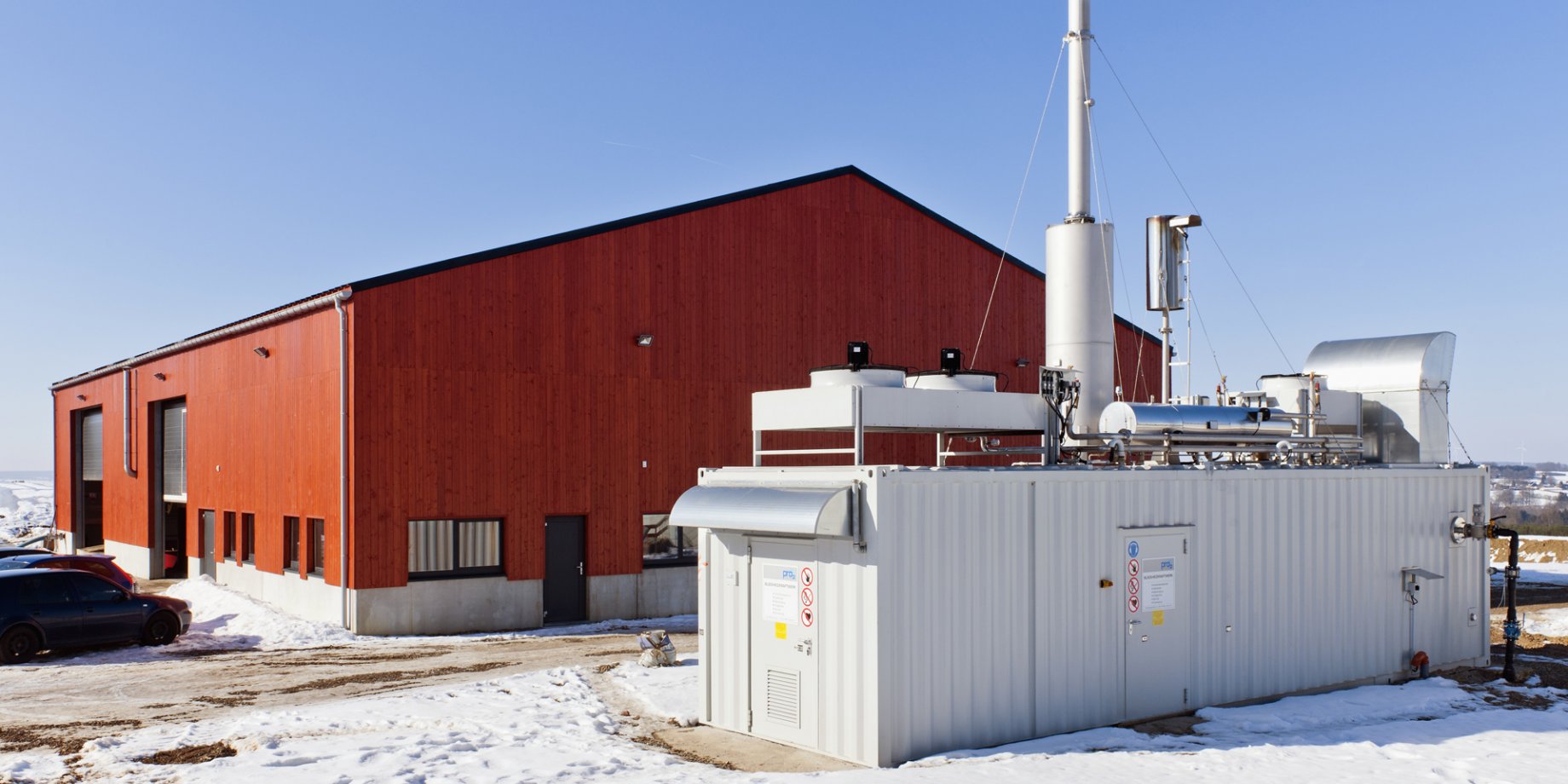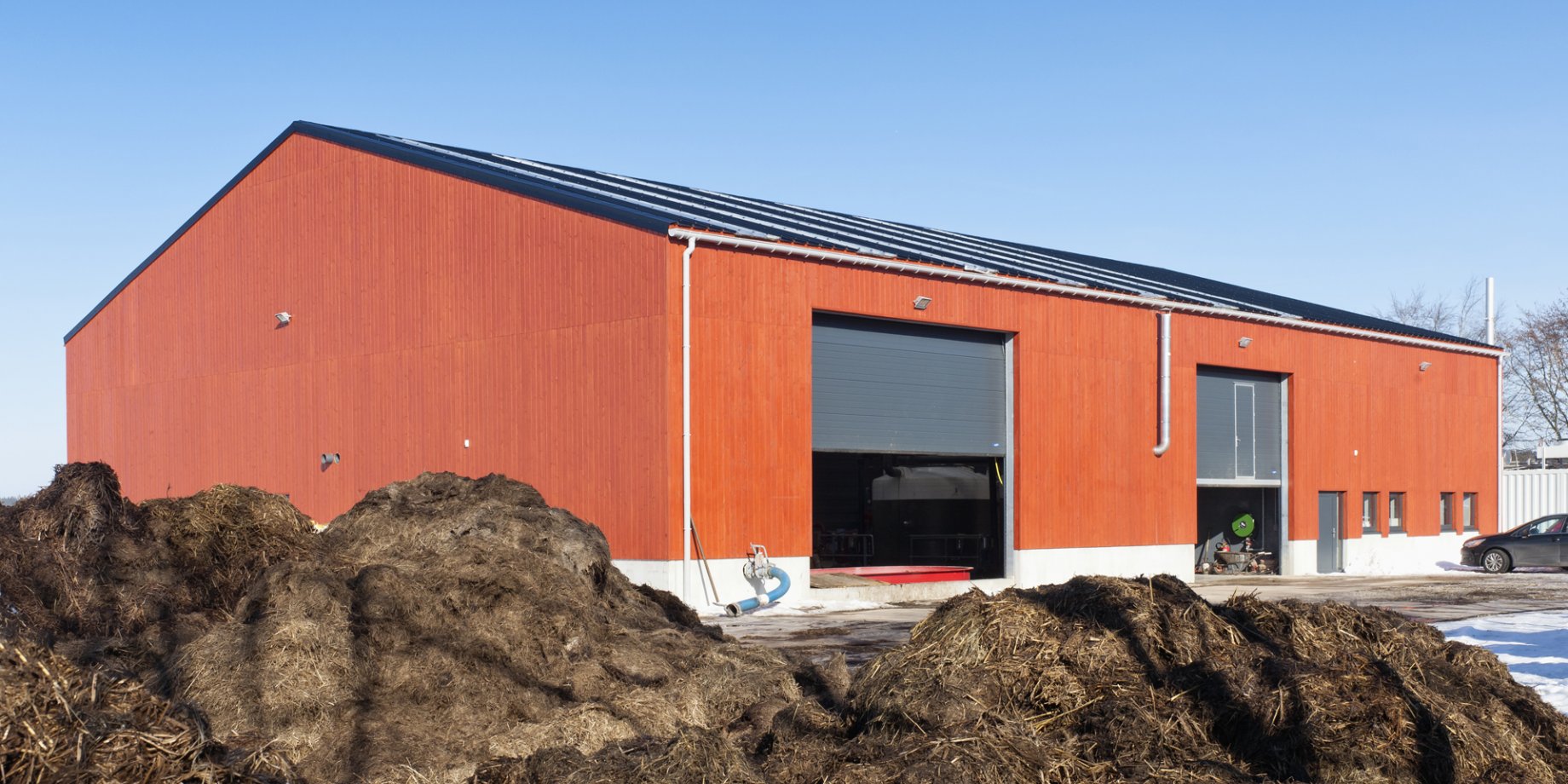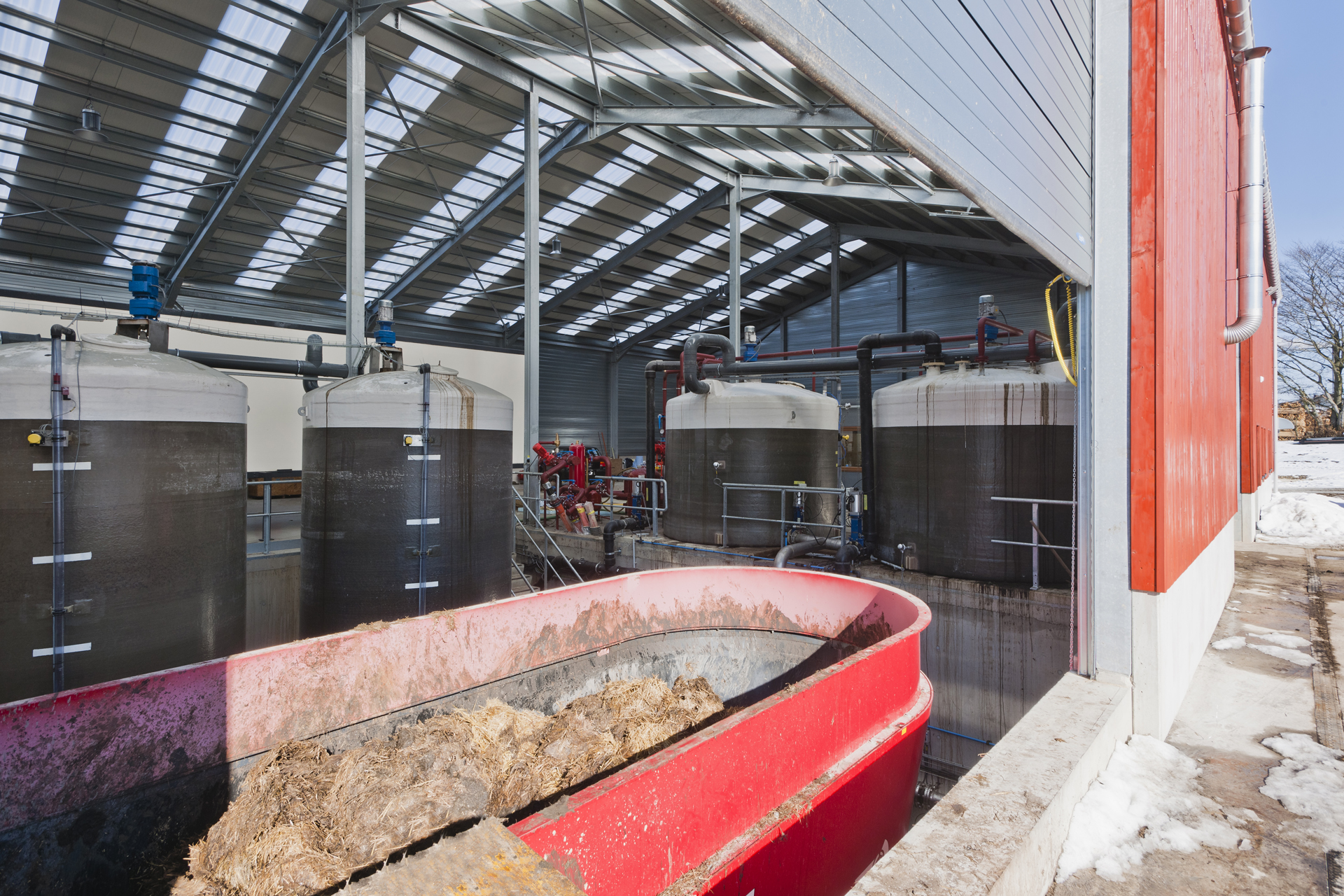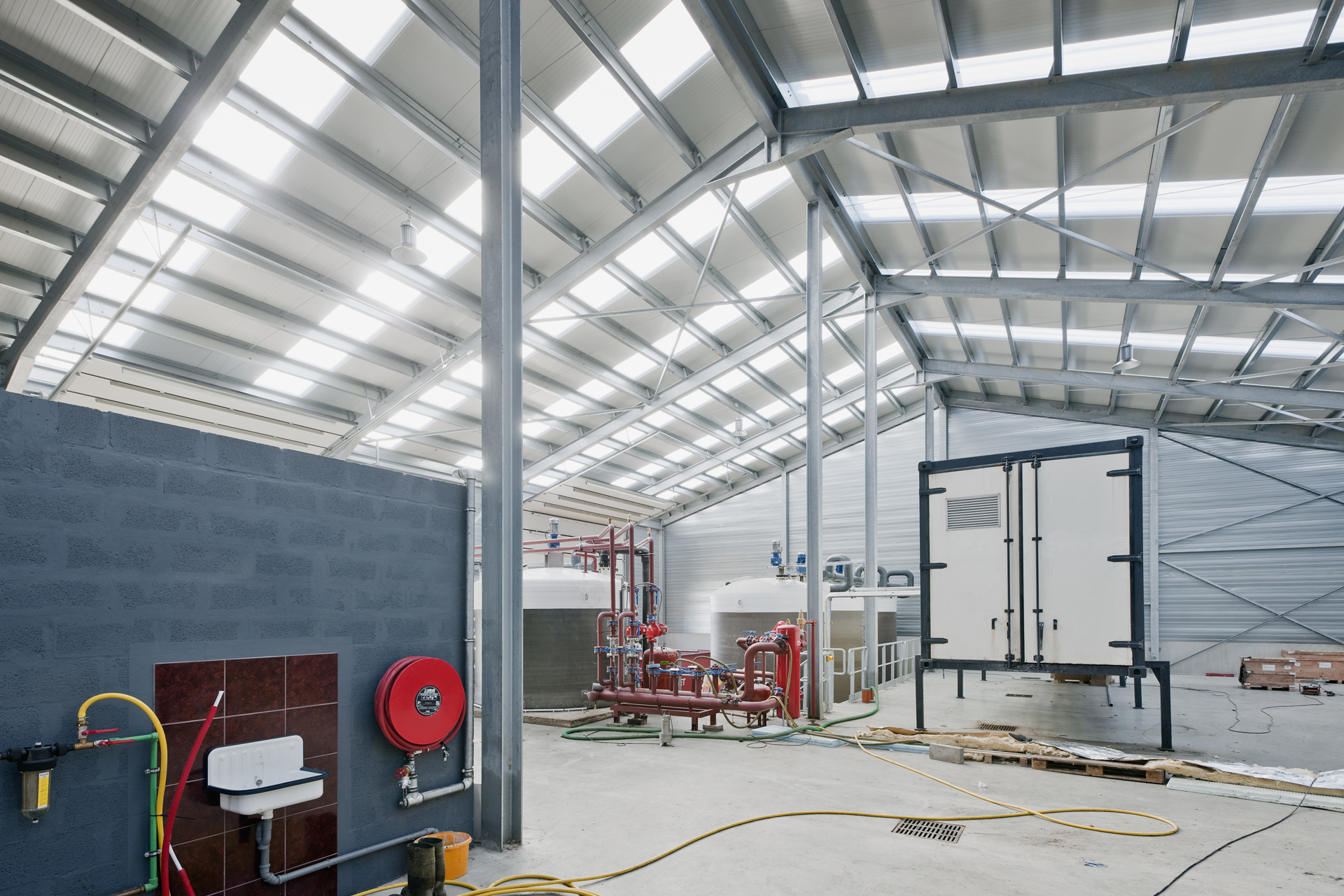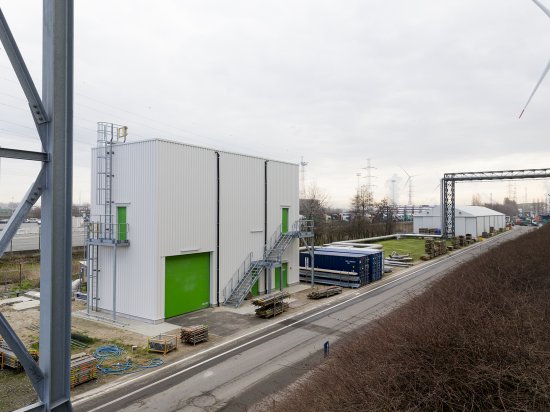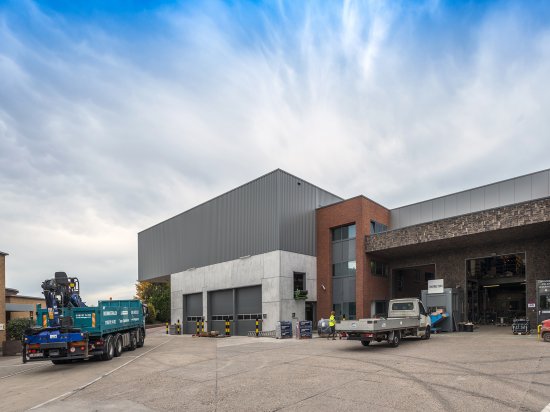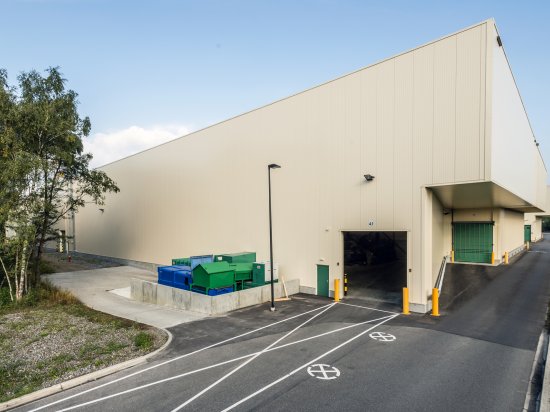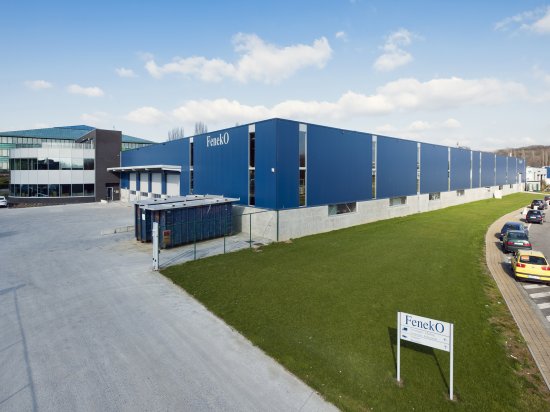Dairy farming is the main economic activity in Amel, a village in the south of the High Fens between Malmédy and Sankt-Vith. For economic reasons, several farms in the neighbourhood have been merged into larger conglomerates in recent years. Cattle farmer Dries, for instance, has taken over activities of other farms, thereby expanding his livestock from 140 to 200 animals. However, this has also meant increasing total manure production by more than 40% without being able to spread the surplus on land.
Manure as biomass
For this reason, Dries contacted Ghent-based En-Bio, which has a solid expertise in treating natural waste such as animal manure. They recommended Dries investing in a small-scale biogas or co-digestion plant. “That in itself was an obvious choice,” says Francies Van Gijzeghem. “Manure is an ideal source of biomass energy, especially when combined with additional feedstock. In a controlled process, we are able to produce electricity, heat and pellets from it. So it delivers a diversity of energy types, either to be consumed onsite, fed into the grid or sold on the market. The applications of biomass are manifold; no other renewable energy source is as versatile as this.”
